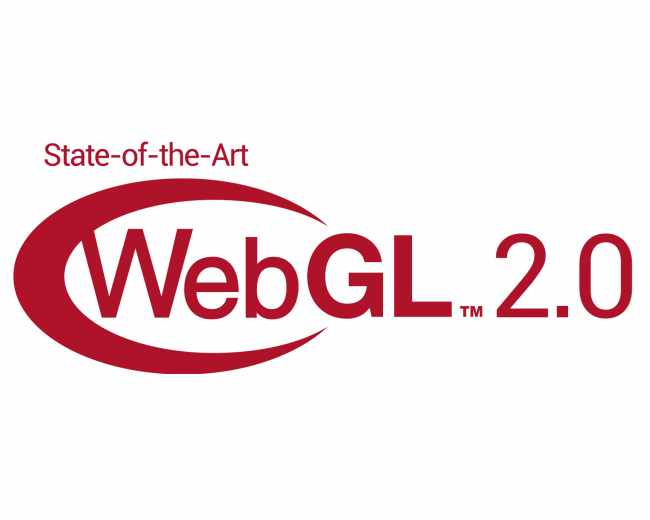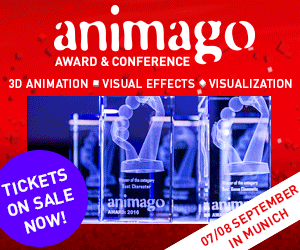 siggraph
siggraph
siggraph
siggraph
State-of-the-art with WebGL 2.0 [Short Course]
 Full Conference Pass
Full Conference Pass Full Conference 1-Day Pass
Full Conference 1-Day Pass
Date/Time: 30 November 2017, 04:15pm - 06:00pm
Venue: Nile 3
Location: Bangkok Int'l Trade & Exhibition Centre (BITEC)
Presentation Language: English
Level: Intermediate
Prerequisites: Attendees are expected to have a basic understanding of how graphics rendering hardwares work. Rendering techniques like parallelism, buffering, ray tracing, and post-processing are not required. Basic knowledge in APIs like OpenGL, DirectX, Vulkan, or Metal is sufficient.
Intended Audience: This course is intended for technical engineers, practitioners, developers, and designers who are curious about what goes under the hood. They will take away a broad understanding of WebGL 2.0, and an in-depth knowledge of some optimisation techniques.
Organizer: Xavier Ho The University of Sydney & CSIRO Xavier is a curiosity-driven designer, researcher and software engineer. He works for CSIRO creating interactive data visualisations, and pursuing a PhD part-time at The University of Sydney. Juan Miguel de Joya DigitalFish at Facebook Juan is a technical director, software engineer, and researcher specializing in computer graphics, machine learning, and mixed reality experiences. He currently works for DigitalFish and Google Spotlight Stories, and is the VR/AR Showcase Chair for SIGGRAPH Asia 2017 Bangkok, Thailand.
Author(s)/Speaker(s):
Xavier Ho, CSIRO, University of Sydney
Juan de Joya, DigitalFish at Facebook
Summary: WebGL 2.0 has landed, and future of web graphics is here. What are the current state-of-the-art web graphics rendering techniques? We will cover many new features, including geometry instancing, transform feedback, and 3D textures. Attendees will take away rendering and optimisation techniques with WebGL 2.0.
https://www.khronos.org/news/events/2017-siggraph-asia


